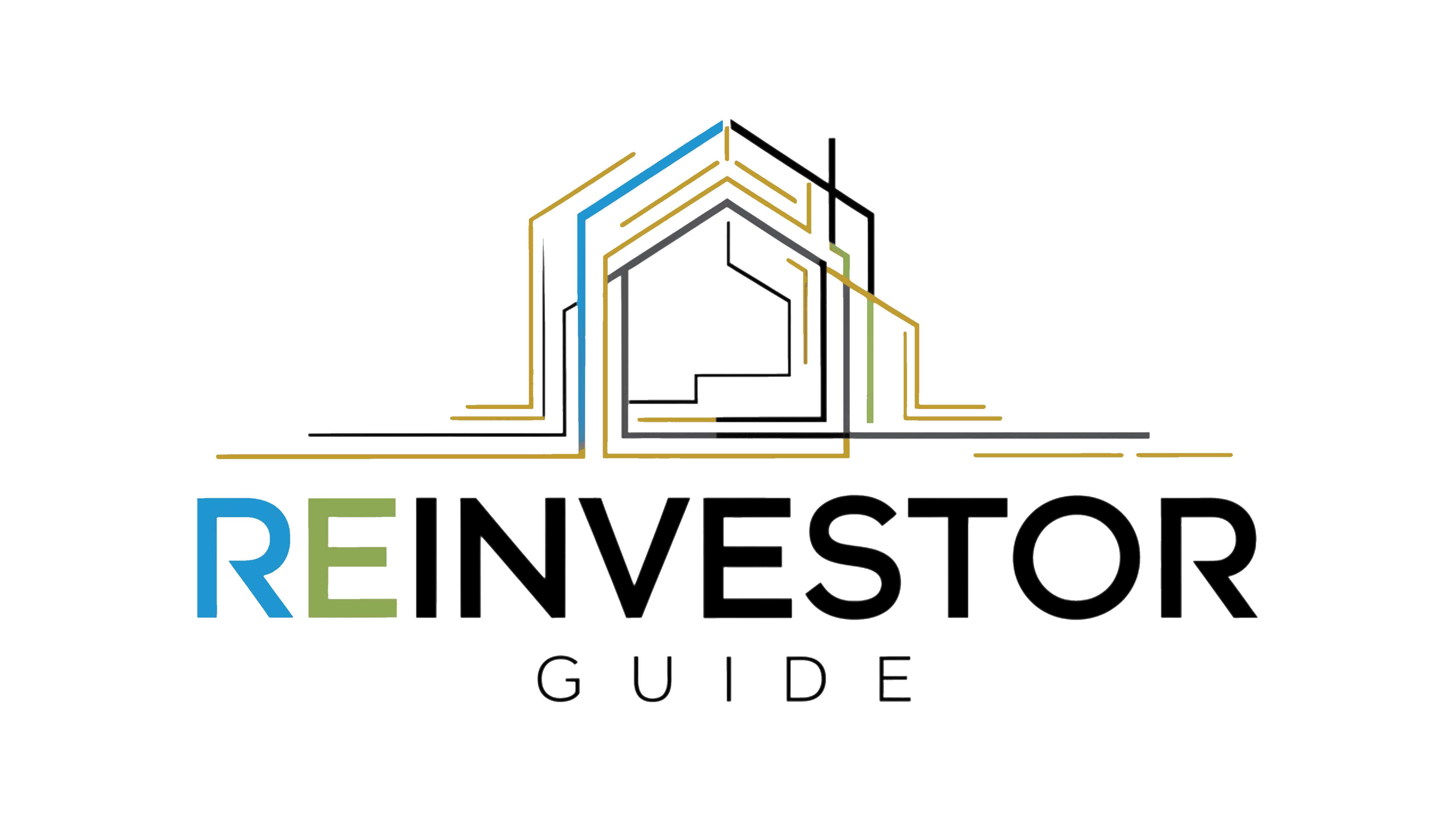If you’re eyeing short-term profits in real estate, fix and flip investing might be your fast lane to success.
But flipping homes requires more than vision and elbow grease—it requires capital. And unless you have hundreds of thousands in cash, you’ll need a loan that’s built for speed and flexibility.
Enter the fix and flip loan.
In this guide, we’ll break down how fix and flip loans work, what they cost, the pros and cons, and where investors go to find the best funding for their next renovation project.
What Is a Fix and Flip Loan?
A fix and flip loan is a short-term real estate loan designed to help investors purchase and renovate a property with the intent to sell it for a profit—usually within 6 to 18 months.
These loans are often referred to as:
- Hard money loans
- Bridge loans
- Rehab loans
Unlike traditional mortgages, fix and flip loans focus less on your credit score or income, and more on the property’s potential after repairs.
Key Features of Fix and Flip Loans
| Feature | Typical Range |
| Loan Term | 6 to 18 months |
| Interest Rate | 8% to 12% (sometimes higher) |
| Loan-to-Cost (LTC) | Up to 85–90% of purchase price |
| Loan-to-Value (ARV) | Up to 65–75% of After Repair Value |
| Rehab Funds | Often included via draws |
| Credit Score | 620+ (some lenders fund with lower) |
| Funding Time | 7–14 days (sometimes faster) |
| Collateral | The property being flipped |
How Fix and Flip Loans Work
Here’s how the typical process looks:
✅ 1. Find the Property
Identify a distressed, undervalued, or cosmetic fixer property with potential upside after rehab.
✅ 2. Apply for the Loan
Submit your purchase contract, budget, and project plan to the lender. Many fix and flip lenders offer pre-approval within 24–48 hours.
✅ 3. Get Funding
Lender funds up to 85–90% of the purchase price and 100% of the rehab budget (paid via draws as work is completed).
✅ 4. Rehab and Sell
Complete your renovations, list the property, and sell it. Most loans require repayment within 6 to 12 months.
✅ 5. Pay Off the Loan
At closing, the lender gets paid back, and you keep the profit (minus costs and interest).
Who Are Fix and Flip Loans For?
These loans are ideal for:
- Real estate investors flipping homes for short-term profit
- Contractors or builders who need fast financing
- BRRRR investors planning to rehab, rent, and refinance
- Wholesalers who want to close and assign or flip
- Anyone with a solid flip plan and a profitable deal
Pros and Cons of Fix and Flip Loans
✅ Pros:
- Fast funding (often within 7–14 days)
- Less reliance on personal income or tax returns
- Flexible underwriting for new and experienced investors
- Can include rehab budget in the loan
- Perfect for properties that won’t qualify for traditional loans
❌ Cons:
- Higher interest rates and fees
- Short repayment windows
- Upfront costs: points, appraisals, and closing costs
- Requires strong project management to stay on timeline and budget
Where to Get Fix and Flip Loans
🏦 Hard Money Lenders
- Specialize in fix and flip funding
- Offer nationwide or regional programs
- Fast underwriting with fewer docs
- Examples: Kiavi, Lima One Capital, RCN Capital, Anchor Loans
🧑💼 Private Lenders
- Individual investors with capital to deploy
- Can offer more flexible terms or JV arrangements
- Often found through local REIAs or networking
🏛 Local Banks or Credit Unions
- Some offer short-term rehab loans
- More paperwork, slower funding
- Better rates if you have a relationship
💻 Online Lending Platforms
- Streamlined digital process
- Quick approvals and transparent terms
- Examples: Groundfloor, Fund That Flip, FlipCo
Fix and Flip Loan Example
Purchase Price: $200,000
Rehab Budget: $50,000
ARV (After Repair Value): $330,000
Lender Funds:
- 90% of purchase = $180,000
- 100% of rehab = $50,000 (in draws)
- Total Loan: $230,000
Interest Rate: 10%, 12-month term
Exit Strategy: Sell in 6 months for $330,000
After paying back the loan, fees, and costs, the investor could net $50K+ in profit (before taxes).
Tips for Getting Approved
- Build a strong scope of work (SOW) and rehab budget
- Show the ARV with comps or contractor estimates
- Maintain solid credit and liquidity for down payment and reserves
- Create a detailed exit strategy (sale or refi)
- Work with reputable contractors and lenders
- Start small if you’re new—build experience and trust
Final Thoughts
Fix and flip loans are the lifeblood of fast-paced, value-add investing. They give you the speed and capital to turn distressed homes into profitable flips—without tying up your own cash or waiting on slow banks.
Whether you’re flipping your first property or your fiftieth, understanding how fix and flip loans work is key to staying funded, on schedule, and profitable.



